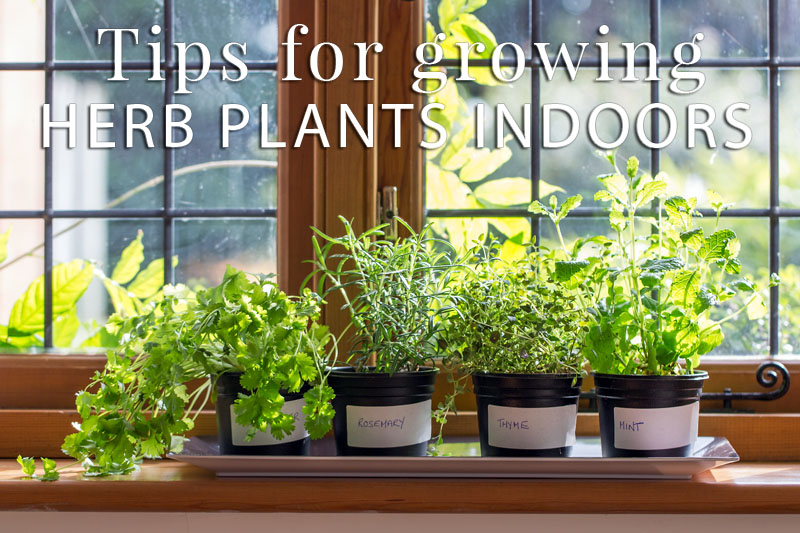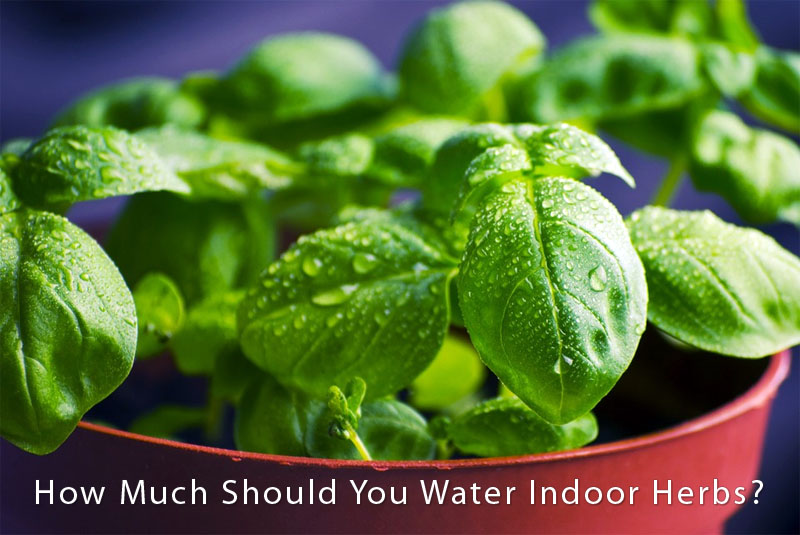This past weekend was spent preparing my 12 favorite herbs for their trip back indoors. All spring, summer and into fall, they have enjoyed a life of rugged survival. Hot, humid days and pounding rain storms. Hot sun, thirsty days and most made it through my vacation when they were ‘on their own’. They were attacked by slugs, munched on by unknown critters (in my yard, it could be anything) and of course cut back at any conceivable time for summer recipes. They made it. Rough around the edges, but survivors.
Now comes the real test; can the herb plants survive the transition from their ‘wilderness experience’ to the lush confines of my glassed in porch. Life is actually going to be more challenging indoors where they will have to contend with less light, more pests and of course, overzealous gardening! However, they survived the fall and winter, so I am hopeful. However, here are a few things I need to remember:

Tips for Growing Herb Plants Indoors
Light:
Light is the most crucial element for their success ~ even direct light is a challenge in the winter when intensity is reduced. Your herbs will need at least 6 to 8 hours of indirect sun a day (for the most light needy herbs, the ones that say ‘bright light’ or ‘full sun’). There are those that recommend acclimating your plants to lower light by gradually adjusting them to lower light conditions. Great idea, but ‘ain’t going to happen’ in my case. My space gets morning and afternoon sun, so I am lucky in that we are talking 8 hours per day. You can use grow lights, but since I have no experience with them, a Google search is advised. You are going to see a few changes in the plants due to this decrease in light: your herbs may drop a few leaves. The plant is actually shedding its more inefficient leaves by producing more efficient leaves higher up, closer to the light source. The plant may get a big leggier as it reaches for the light. I recommend that you turn the plant periodically so that it receives light on all sides; you’ll know it is time as the plant will ‘lean toward the light’.
Water:
‘Not too much, not too little, just right’. That is hard when they come indoors. The really trick is to find that balance. In general, begin to water LESS often and MORE thoroughly. Make sure that the soil is dry to the touch before watering, and when you water, make sure that the water runs out of the pot. Drainage is key, so make sure that you use a well-draining pot. My favorite pots are your run of the mill, red clay pot. If you plants are small, a 6” pot will be perfect. And, make sure that you are using a quality potting soil. Not making a ‘plug’ for one soil over another, but Miracle Grow makes a good indoor mix that we’ve used for a few years.

Food:
Although we aren’t big promoters of fertilizer ‘in the field’, we do recommend a nice supplementary feeding when your plants are confined to a pot, growing indoors. Again, just our recommendation ~ a top quality fish emulsion every 2 weeks when the plants are in their ‘grow phase’. Stinky but effective!
Pests and Diseases:
No one wants to think that they are harboring these ‘nasties’ but you’ll never know what can be lurking inside. Actually, some of these pests may just piggyback on your plants as they come home to roost. Bottom line: be vigilant. I used to wait to act, but now I’m encouraging everyone to ‘be proactive, not reactive’. Herbs are more susceptible to common pests when growing indoors, so keep your eyes open for whiteflies, spider mites, aphids, mealy bugs and the WORST of all – scale insects! I’ve begun a routine of regular spraying with an insecticidal soap. If it works in the greenhouse, it should work on my sun porch. There are a number of safe and effective products out there, so take a look.


Need help to grow edibles that can grow in partial sun but lots of light down in zone 33432
Thank you